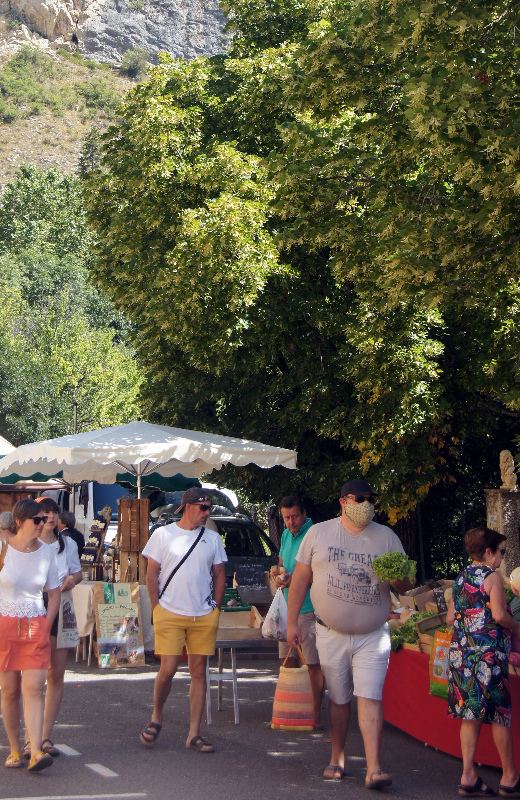In my last post, I asked readers to marvel at the multiplicity of institutional responses to similar triggers. It is by now (late July 2020) famous that governors changed their minds about the wearing of masks. Even now, whether masks are “obligatory,” “suggested,” or deemed unnecessary, here or there, is something governors are of multiple minds around the world. I generalized this given what I consider a fundamental aspect of human action: there is no one way to respond to anything, good enough is enough, making it poetically interesting is better.
My last post focused mostly on what might be called “State” culturings. But, given the general character of the issue, there is no reason to stay at that level of particular mandates for a certain population at some time in its history. The “population” impacted by a culturing has no particular size or, perhaps, as Arensberg argued, the minimal size might be three: someone who proposes, someone who responds, and someone who enforces.
This became quite salient to me when I noticed, going to mass in a Southern French village in early July 2020, first a sign saying that wearing masks was “obligatoire,” and then 15 out of 20 people at the mass not wearing masks. In the village different stores had different rules about how many people could be in the store, what was the shape of the dividing plexiglas (or whether there was one at all), and when/where people in the streets or store wore masks.
All this triggered the ethnographic itch that is not quite satisfied by examining governors’ acts from a distance and without access to the actual conversations among the governors’ staff leading to this or that mandate. I could now see people in the process of making decisions about their behavior and about the behavior of those around them. One incident will remain salient for me. The scene: another small church, without any sign about masks, with more or less the same congregation as the other time. The sequence:
2) He noticed people without masks and asked something like “where are your masks?” in a tone of voice that suggested that he might police the absence.
3) This was taken as such by one congregant who said “this is not required here.”
4) The priest responded that it was obligatory where he came from, but did not insist any further.
5) The mass proceeded with some wearing masks, and some not.
I could have sketched a similar picture of a largish family group performing various forms of social distancing dances, at various times, while often ending visits with hugs.
That such local variation was happening all over France was noticed by governors who then reinforced the mask mandate by invoking their police powers: people would get fined if not wearing masks in the prescribed places. Locally, people noticed and some said they would wear their masks “tomorrow” when they got to be at financial risk. I am not going to weigh in on whether all this is necessary or not, since this blog is not about policy but about the human condition. Even though, I could note that certain early State responses seemed particularly “French” (check my earlier post) I do not want to invoke here French “culture” as any form of explanation. It will not even invoke some “Southern French sub-culture,” or the sub-culture of some sub-section of the population. Happily enough, in anthropology, writing about sub-cultures has about disappeared. But the wonder about local culturings must continue. About every anthropologists would now agree that “culture” never makes anybody do anything. I have written again and again against writing about “my” culture, or “theirs.” Culture is always what other people hold each other accountable for: a good culture makes good neighbors.
But I also insist that anthropologists do pay attention to local culturings, from the bottom up, so to speak. I insist on this all the more that anthropologists, through ethnography, are the social scientists best equipped to figure out how people, together, respond to external triggers. Take a dozen people, most of whom had been told by the press that they were “at risk,” attending the same church came to 1) post on a wall a sign saying “wear a mask,” and then 2) mostly not wear a mask, and then 3) mostly wear a mask while grumbling. That transformation of a trigger into a (temporarily) suitable collective response is what anthropologists must keep at the center of their concerns–whether or not they label this transformation a “culturing” producing a culture (however temporary as all cultures are). There is every evidence that all around the world, local populations, some quite large, other quite small, do not just do what they are told by governors but rather make up something that governors, like so many colonial administrators before them, may consider counterproductive, dangerous, if not outright immoral.
 Print This Post
Print This Post
